064 A Miracle Story I Can Believe: Sean George Raised From the Dead
Miracles can be hard for the modern mind to accept. For some, science’s discovery of nature’s laws makes an intervening God less believable. Medicine, not prayer, is what’s believed to cure people’s bodies. We can credit Coincidence, not Providence, when our needs are mysteriously met. Lost limbs don’t grow back, lost sight doesn’t soon return, dead men don’t return to life. Or do they?
I can be a sceptic when it comes to miracle stories. I’ve heard of too many that proved to be bogus or didn’t last. But what you’re about to hear and read is different. Medically documented and verified, it’s a miracle story I can believe.
In October 2008 Doctor Sean George, a specialist physician in general medicine (note that), was driving in the West Australian goldfields when he began to experience chest pain. A short while later, he was dead. Fifty-five minutes of CPR and electric shock therapy couldn’t bring him back. But then something happened…
Sean told me his story on the Open House show on Easter Sunday 2009 as a completely well man. We later published it in Open House Volume 3, which has lots more scintillating stories for you.
Listen Now
Resurrection in the Goldfields

The story begins with you and a medical intern driving between Kalgoorlie and Esperance [in Western Australia]. During the journey you started to feel some discomfort in your chest.
That’s right. I was returning to Kalgoorlie from my specialist clinic at Esperance, which is about 400 kilometres from Kalgoorlie, and I began to develop some discomfort in my chest. I didn’t think the pain was from my heart at all because it was so mild; it was just a discomfort. I thought it was probably some gastritis.
When I had driven about 350 kilometres and the discomfort hadn’t gone away, I then began to think that there was something more to this than gastritis. I started to feel a little hot and I asked my intern to check my pulse, which she said was fine. But I still felt there was something wrong.
What did you do next?
I stopped the car on the side of the road just before we got to a small town called Kambalda and called my wife, Sherry. I told her that I was having this discomfort in my chest and wasn’t sure whether I should drive on to Kalgoorlie—only another 55 kilometres or so—or whether I should get to the clinic at Kambalda. Sherry suggested that if I didn’t feel that bad perhaps I could drive on and she could meet me at the emergency department in Kalgoorlie. I said I’d decide on the way.
As I turned into the road that leads to Kambalda, which takes you on to Kalgoorlie, I felt very strongly in my heart that the Lord was telling me to get to the clinic at Kambalda. So that’s what I did.
When you get to the clinic did they take you straight to the emergency ward?
It was actually a very small GP surgery. There are only about 5000 people in the whole of Kambala and there are just two GPs, so they don’t have inpatients at all in that clinic. It is just an outpatient clinic.
I got to the clinic and told them that I was Doctor George. They all knew me by name because I was the only physician in the whole region. I told them, ‘Look, I’m having some discomfort in my chest and I’d like to have an ECG done.’ I also asked them to call Dr Rao who was the GP there at the time. They took me into the ECG room, did the ECG and actually gave me the ECG to read because I’m the one who manages all the heart attacks in Kalgoorlie and the region.
They’re asking for your advice on what they should do for you!
[Laughter] Yes! By that time the doctor hadn’t arrived and they knew that I was probably the best person to comment on the ECG.
Analysing His Own ECG
Photo: Adrian Clark, CC BY-ND 2.0
So what did you see?
The moment I looked at the ECG I saw the typical changes that happen in a heart attack. And I was absolutely stunned because I didn’t expect that I was having one. I knew there was something wrong but the moment I looked at the ECG I knew that I was having an acute myocardial infarction—what we call a heart attack. So I immediately told the clinic staff that I was having a heart attack, to call Dr Rao, and I asked them to give me some particular medications.
Then at some stage you must have passed out.
Doctor Rao arrived and looked at me. He knew me very well and said, ‘Sean, come on. You’re only 39. This can’t be a heart attack.’ I told him to look at the ECG. Then he said, ‘Don’t worry, we’ll repeat the ECG.’ He was just trying to reassure me. He asked me to walk across to the next room, which was the resuscitation room, and we’d repeat the ECG there. I lay down and he gave me some of the medications that I asked for and then all of a sudden my heart completely stopped. I went into a cardiac arrest.
That happened a maximum of ten or fifteen minutes after I arrived in the clinic. Doctor Rao was not ready for that at all; probably no one was. I stopped breathing as well and so immediately my intern, Dr Rao and the nursing staff there started CPR on me. They would have jumped on my chest over 4,000 times because they went on for at least 55 minutes and would’ve been doing about 100 compressions a minute. They kept swapping with each other. They also gave me thirteen electrical shocks with a defibrillator machine they had there.
In the meantime the emergency physician from Kalgoorlie, my wife Sherry, my colleague Dr Shetty and Dr Ansell had started driving down to Kambalda after hearing what had happened. They arrived about 45 minutes later and the emergency physician—the most senior physician at the time with more than twenty-five years of experience—looked at me. I was flat line on the monitor, completely dead. I was blue and cold. He knew that the Kambalda staff had tried everything they possibly could and so he wanted to stop the resuscitation.
So, they’ve been doing CPR on you and giving you electric shocks for 55 minutes now and the emergency physician confirms that you’re dead. Before we move to what happened next, what are the medical ramifications for even being in a coma or something for that amount of time?
What normally happens is that within about three minutes of the blood supply to the brain being stopped the brain begins to die. By about ten minutes or so it’s irreversibly dead and that’s why, generally speaking, you wouldn’t continue CPR for beyond a maximum of thirty minutes. Most people would stop between twenty and thirty minutes because even if the heart did come back there is very little chance of survival. If you did survive you would most likely be brain dead or have very severe neurological impairments.
So why did the staff at Kambalda keep going for 55 minutes?
The team there comprised of a GP, a very junior medical intern and the nursing staff. They wanted to have the emergency physician, with more experience, call the shots. Actually, when the emergency physician came in and wanted to stop resuscitation, my intern refused. She was on the phone with my colleague Dr Shetty who was driving with my wife down to Kambalda. My intern wanted them to at least continue until my wife arrived. That’s why they continued.
The Moment Sherry Prayed For Her Dead Husband
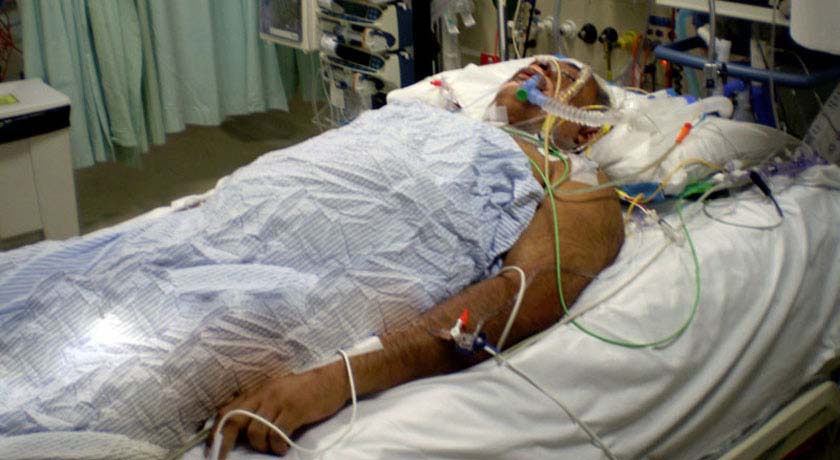
So your wife arrives at the Kambalda clinic, walks into the room and finds you now cold.
That’s right. Sherry is also a medical doctor and on the way down was hearing my intern speaking to my colleague, who was constantly giving advice over the phone on what they should do. With resuscitation going on for such a long time, Sherry knew that there was very little hope of anything changing. She called her father and told him she was going to collect a dead body. But Sherry’s father said, ‘No Sherry. You go there and you pray. Sean is doing so much for God. [Sean had done significant mission work in India and Malaysia, and had recently returned from a missions trip to Vanuatu.] You go there and you pray.’
Sherry walked into the clinic and was in shock. Someone had to hold her hand and bring her into the clinic. The emergency physician called her aside and said, ‘Sherry, I’m very sorry but Sean is gone. I’ll give you the last two minutes to say goodbye.’
That’s when she walked up to the resuscitation room and saw me lying there. She said I was cold and blue and the ECG was showing a flat line. Sherry took my hand in hers and said a very simple prayer. She said, ‘Lord, Sean is only 39 years old. I’m only 38. We only have a ten year old boy. I need a miracle.’
As soon as she said that, my colleagues later told me, it was like someone breathed into me. I took a deep sigh of breath and my heartbeat came back.
And that showed up on the monitor?
It showed up on the monitor. Everybody was in shock. They had all moved aside to, you know, give my wife some space to say goodbye to me. Then all of a sudden they began hearing the beep, beep, beep of the monitor.
Wow. Did they hear your wife pray? Did she pray out loud?
No she didn’t. She just held my hand and silently, in her heart, prayed this prayer. But what the staff told me is that this happened the moment she put her hand in my hand. It was a matter of a few seconds that the Lord immediately answered her prayer.
You had been dead for 55 minutes! And the fact is you had a group of medical staff around you at the time. Are they publicly verifying this story?
Yes, absolutely. In fact, it’s all well documented because even the electrical shocks that were given to me were done on a machine that analyses the heart rhythm itself. So, I have documentation of all thirteen shocks—exactly what time they gave them to me and other details. It’s all verifiable and documented.
So you returned to life. Did you return to consciousness then too?
No, not at all. In fact, I was still in a very critical condition. Even though my heart beat, it came back very, very slow. My blood pressure was extremely low. My oxygen levels were very low. They shifted me by ambulance to Kalgoorlie Hospital where they administered a clot-busting drug to try and remove a block, if there was one, in my arteries. They wanted to shift me across to Royal Perth Hospital in Perth because we don’t have measures for any cardiac intervention in Kalgoorlie; we can’t do angiography or put in a stent or do a bypass or anything of that sort. We have to transport patients to Perth via the Royal Flying Doctor Service.
No One Expected This
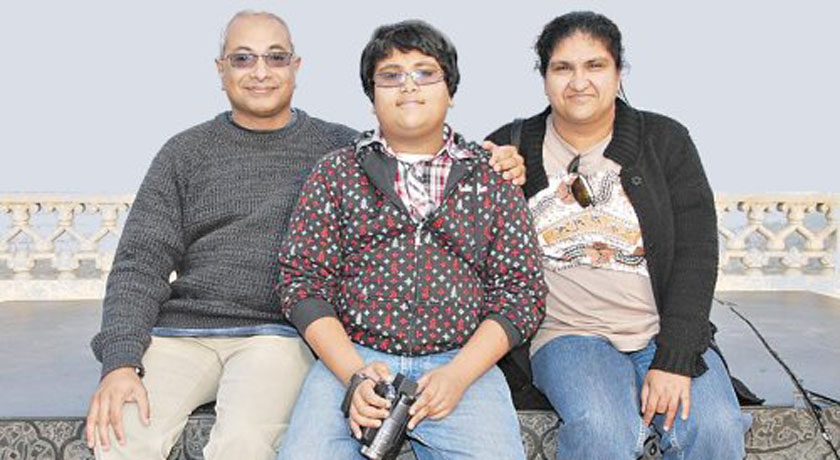
Sean, this is such an amazing experience. What have you learnt through this about the power of Jesus?
Look, I myself am an Advanced Life Support Instructor and this just doesn’t happen. I have been part of many resuscitations and there is enough documentation to say that beyond thirty minutes there is no hope. But when medical science completely despairs we have the Bible and the Lord Jesus Christ as the God of the impossible.
It has really strengthened my faith and all that I have believed all these years. The God whom I serve has answered and brought me back to life—something that is medically impossible, but with God nothing is impossible. I feel so honoured to be part of something that God has done.
I didn’t know anything was going on until I opened my eyes in the Perth Intensive Care Unit, much to the surprise of everyone in the ICU and all my physician colleagues. No one expected that I would recover. No one expected that I would have completely normal brain function with my memory absolutely intact and with no neurological deficits at all.
This is nothing short of a miracle that God has done.


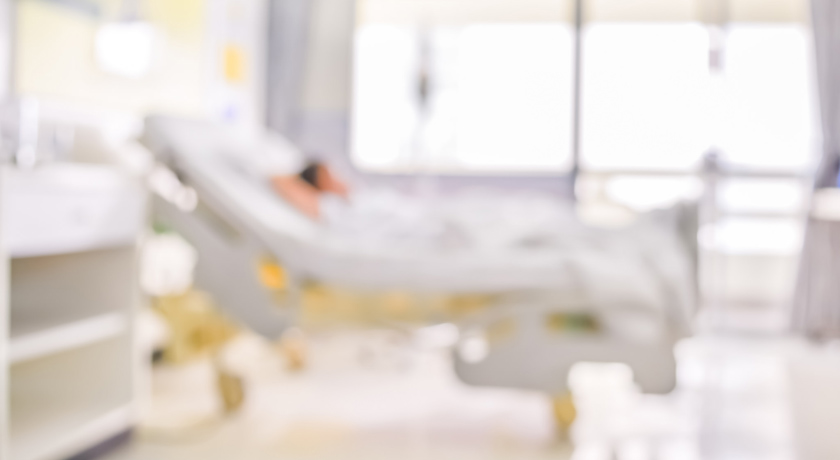
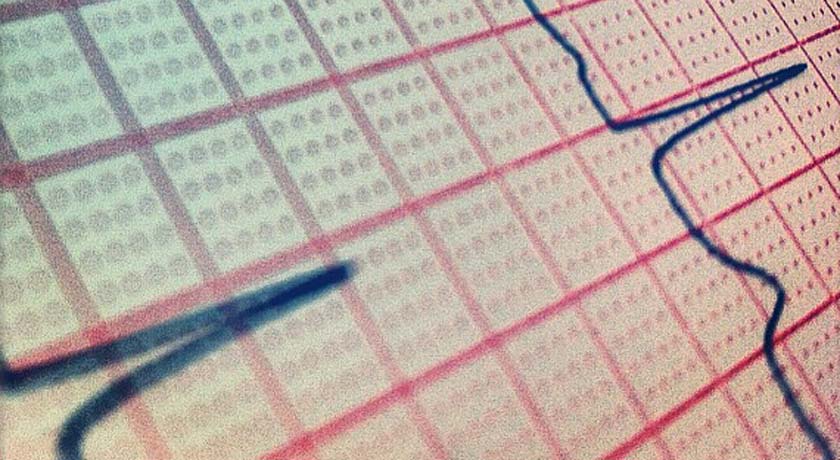


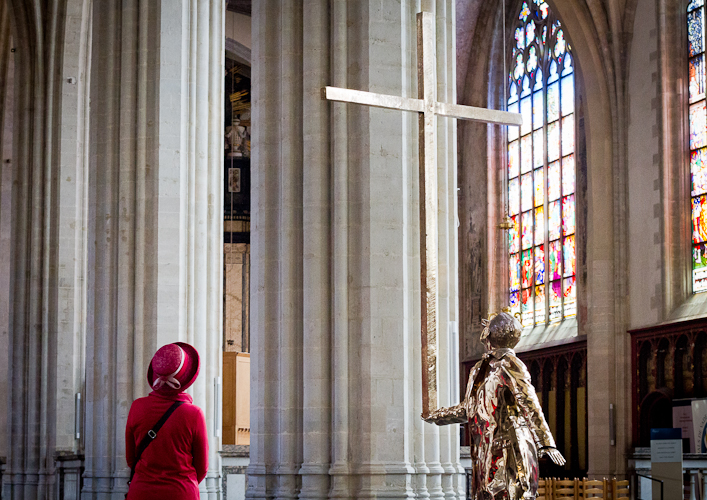
Bethany Yagci
I’m glad I happened upon this as I was looking for an image for Bible teaching on the resurrection of the dead. To hear of a resurrection from our time is so important as it brings home the fact that the same God of the past is the God of our present and our future. I love the simplicity of the prayer Sherry prayed and that the Lord chose a medical physician to show His power over life and death. I think that the humility and faithfulness of this couple was a good foundation and fertile ground for the kind of miracle that happened.
Ìkechukwu Okechukwu
Yes Jesus said in Gospel of John 14:12. Verily verily I say to you, you shall do things that I have done, greater things will you do.
Sherry’s father played an important role in his response…go in there and pray… and she did. She did because she believed.
The Lord also makes us understand that if only we believe, and we ask the father in his name, we will get answers to our prayers.
Thank you Dr Sean for sharing this wonderful and priceless experience.
jeff stephan
God’s word forever stands in heaven. He gave us power to raise the dead. If only Believers would believe His word!!!!
What a great testimony, especially from a doctor!